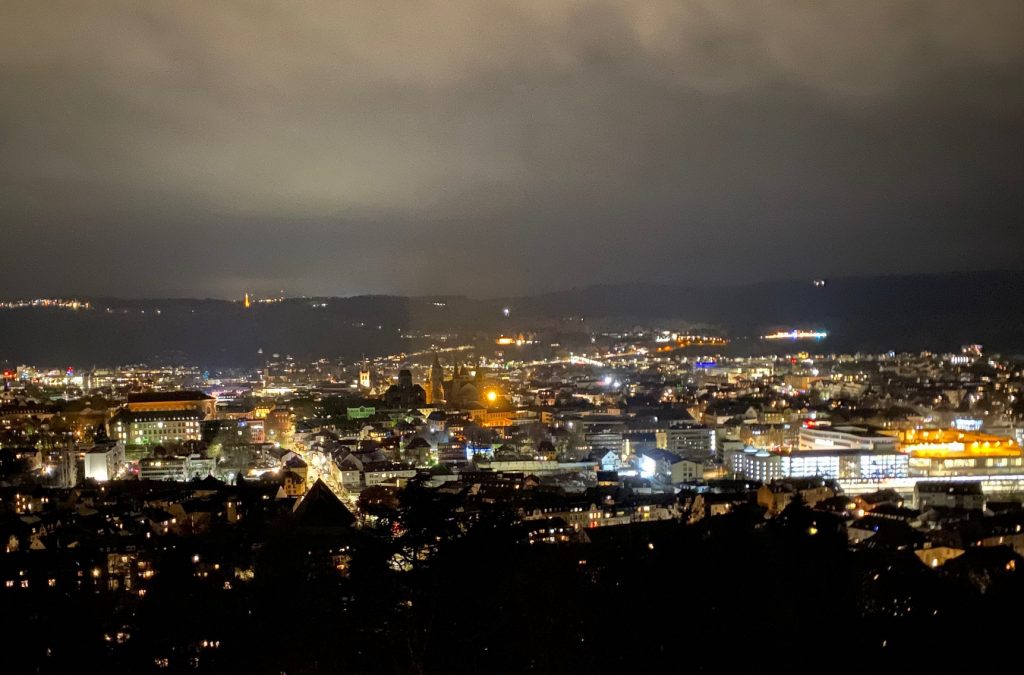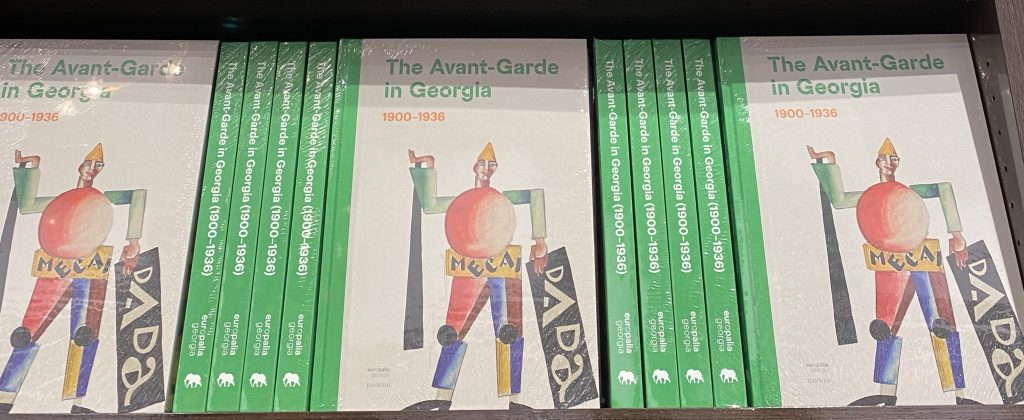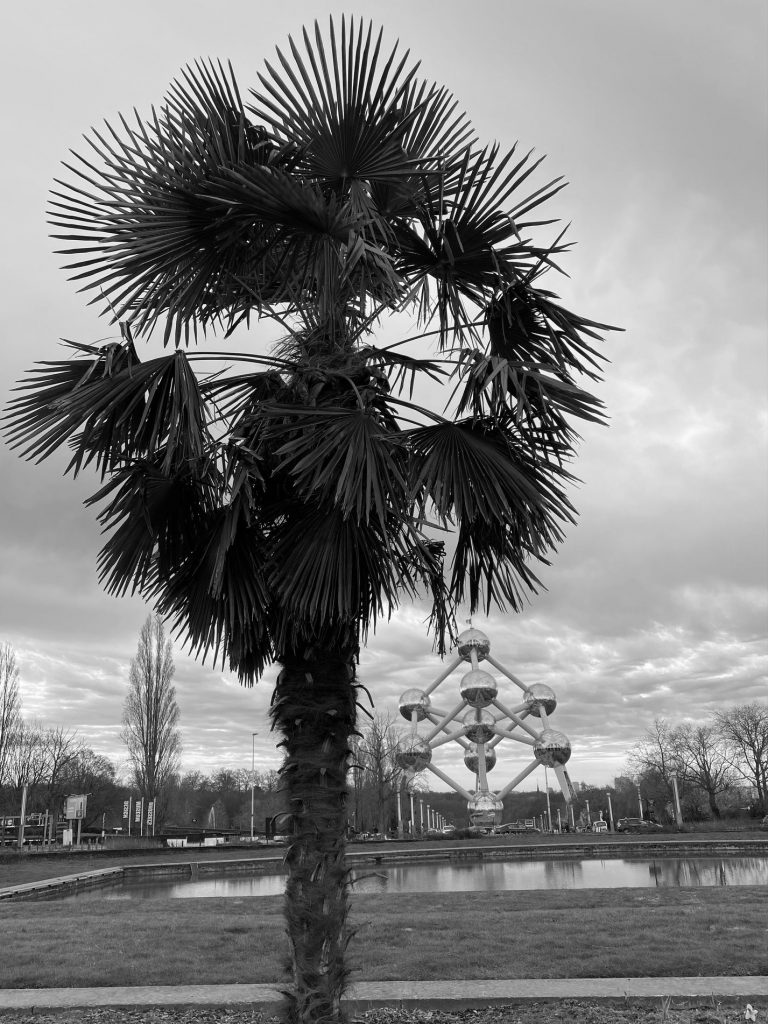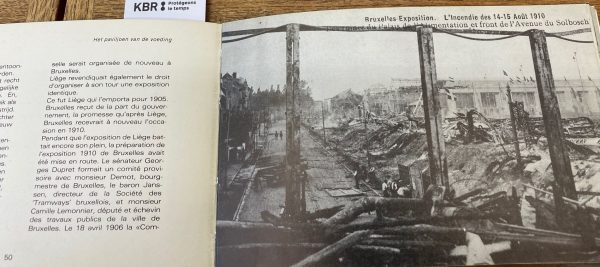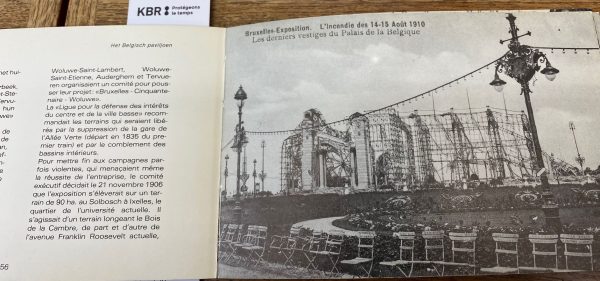To ravel up is a contranym. It can take a specific meaning and the opposite at the same time. Therefore, it is a perfect term to describe the composer, pianist and conductor Maurice Ravel. Born in 1875, he lived through great deceptions as aspiring pianist at the Conservatoire de Paris, but achieved glory through his famous compositions like the “Boléro” created for a ballet performance at the Paris Opera.
Previously, he had written several remarkable piano pieces, which were recently honored by the piano music magazine “Pianostreet”. In an article with links to 5 performances of Ravel’s piano compositions you can ravel up in the emotional world or cosmos of Ravel. You may also unravel his compositional style marked in some of his most famous pieces with the variations of a single theme or motive. The “Sonatine” completed in 1907 might be considered as a precursor of later work (Boléro) as he refined his composition techniques to build, for example, on a single motive and develop a whole piece reworking and with reappearing incidences of the same motive.
Ravel himself appears as contranym, as he combined modern musical influences, like from jazz or innovative structures of musical compositions with the classical forms of composition. Listening to Maurice Ravel allows to better understand the transition from classical music to modern worlds of music. Thanks to “Pianostreet” we can follow these paths. For a biographical account the splendid movie “Boléro” takes you on an unraveling musical journey of Ravel.
(Image: Repainted piano in Berlin shopping center 2024)




